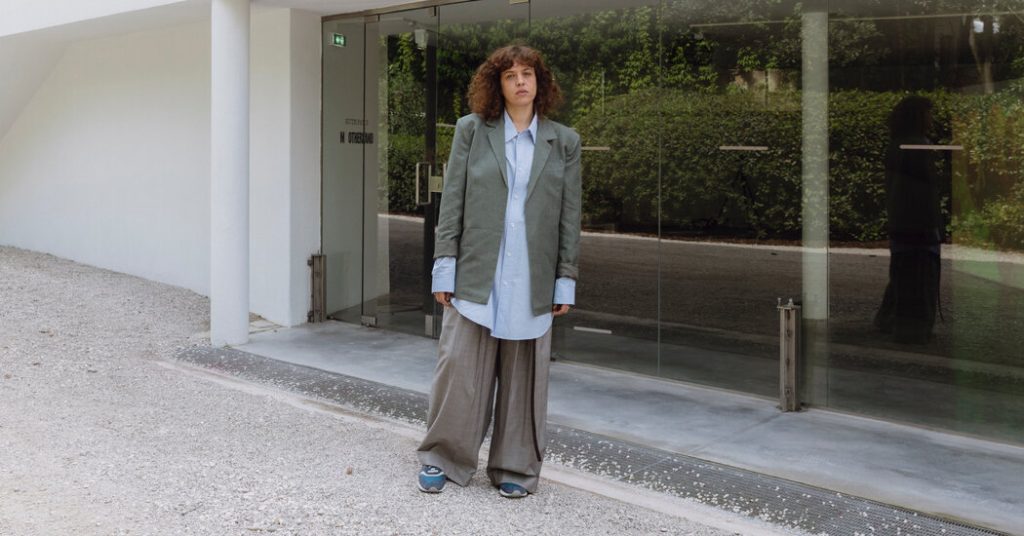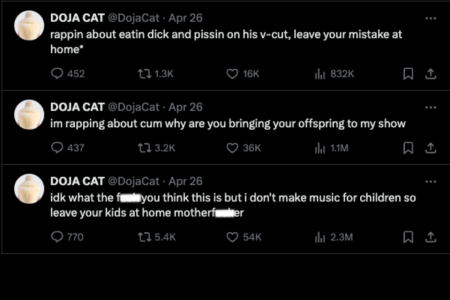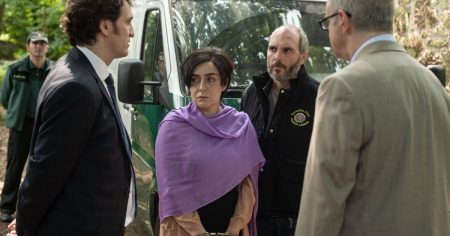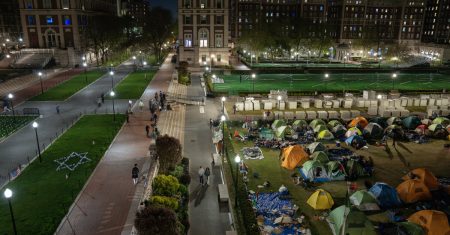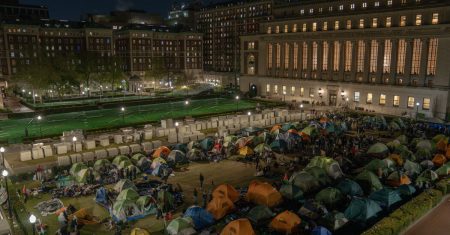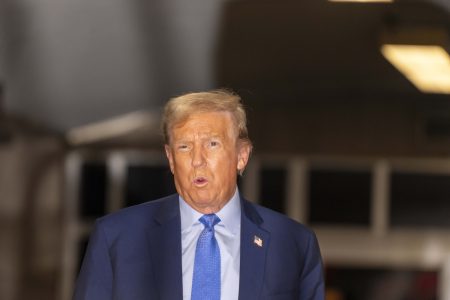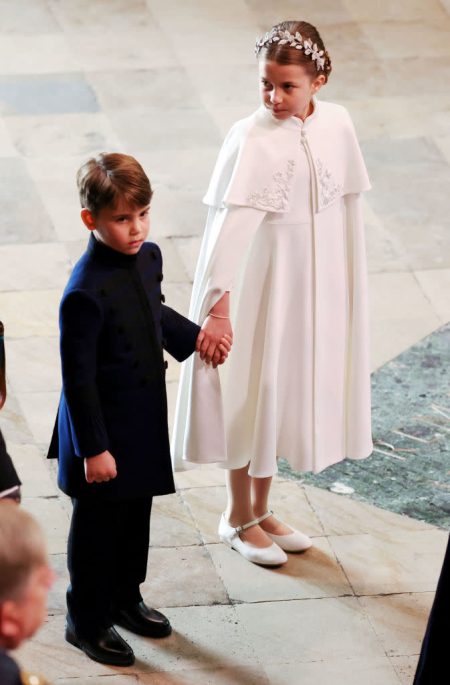Since February, pro-Palestinian activists have been urging the Venice Biennale to ban Israel due to its conduct in the war in Gaza. The Israel pavilion will remain locked when the international pavilions open, as the artist chosen to represent Israel, Ruth Patir, and the curators decided not to open the exhibit until a cease-fire and hostage release agreement is reached. Despite the importance of the Biennale for a young artist like Patir, she felt that the situation in Gaza was larger than herself, prompting her to close the pavilion.
The conflict in Gaza has created tensions at major cultural events worldwide, with protests at events like the Oscars and the Grammy Awards, and debates surrounding Israel’s participation in the Eurovision Song Contest. Protests from both inside and outside of Israel have drawn attention to the situation. Artist Ruth Patir, chosen to represent Israel, decided not to open the exhibition due to the ongoing conflict. The decision was made without advance notice to Israel’s government, who has contributed to the pavilion’s costs.
The protests against Israel’s participation in the Venice Biennale began in February, led by the Art Not Genocide Alliance, who argued that any official representation of Israel is an endorsement of what they described as ongoing atrocities in Gaza. The group’s open letter called for a ban on Israel, drawing historical parallels to other instances of countries being barred from international events due to their policies. The Biennale’s organizers rejected these comparisons, stating that any country recognized by Italy’s government was free to participate.
Ruth Patir, the artist representing Israel, remained silent during the uproar surrounding the pavilion, focusing on completing her exhibition called “(M)otherland.” The show was initially described as a fertility pavilion but is actually an exploration of the pressure on women to become mothers. Patir delved into her experiences with a gene mutation that increased her risk of cancer, as well as the conflict in Gaza, in creating her artwork. The decision to shut down the show was made as a response to the ongoing war and hostage situation.
Despite little progress towards a cease-fire and rising tensions between Israel and Iran, Patir expressed hope that conditions would be met to welcome visitors before the Biennale ends. The artist and curators of the Israel pavilion aimed to draw attention to the conflict while also expressing their desire for peace. Through her artwork, Patir reflected her sadness and frustration over the conflict, creating pieces that captured the emotions and experiences of living in the midst of the conflict. The decision to shut down the exhibit was a statement regarding the gravity of the situation in Gaza and a call for a resolution to the conflict.





